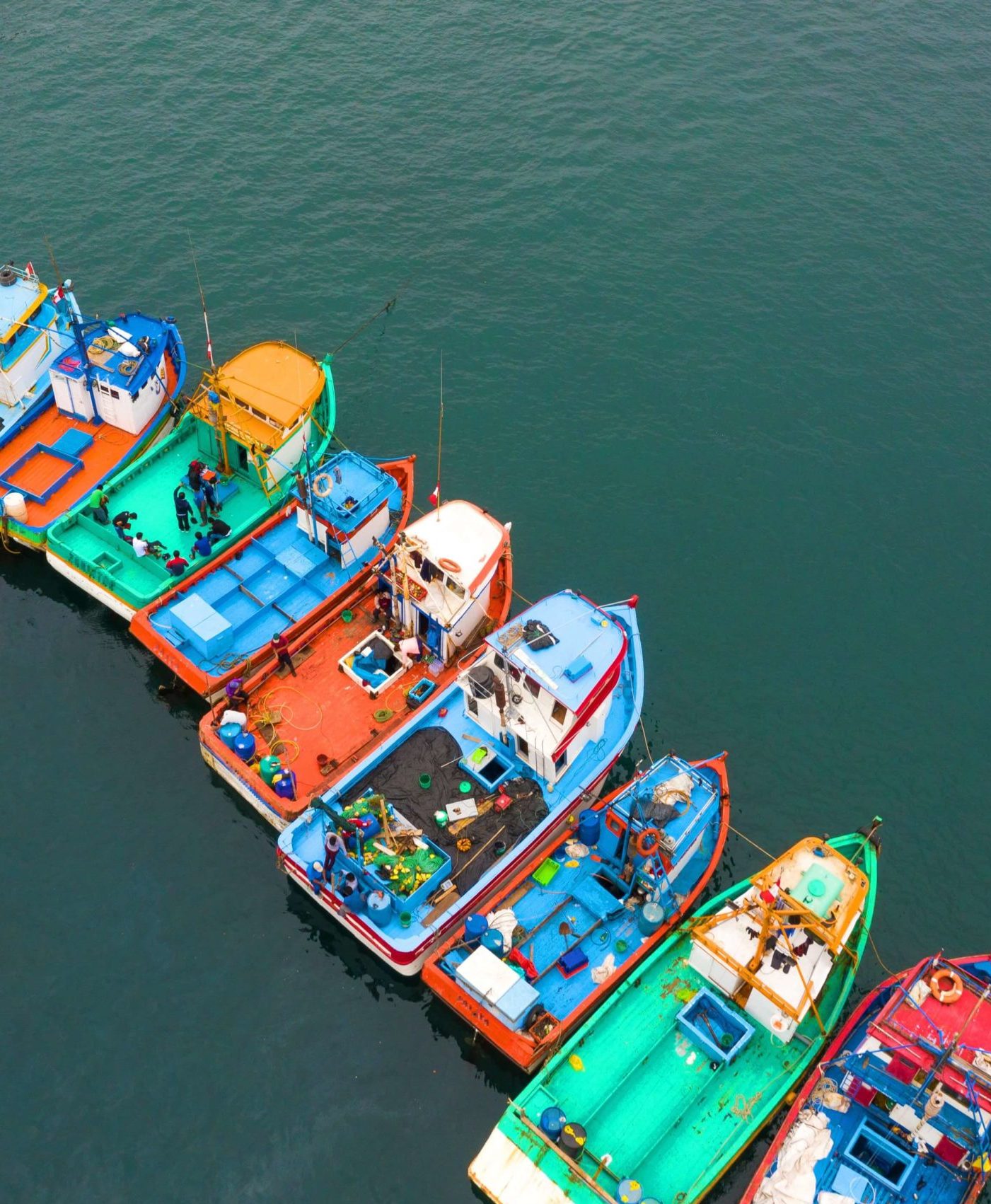Topic
Traceability
“Information is power. Information about the fish on our plates has the power to improve fisheries management, support equitable working conditions for seafood laborers, and help prevent mislabeled and illegal, unreported, and unregulated (IUU) products from entering the market.” —Seafood Alliance for Legality and Traceability (SALT)
